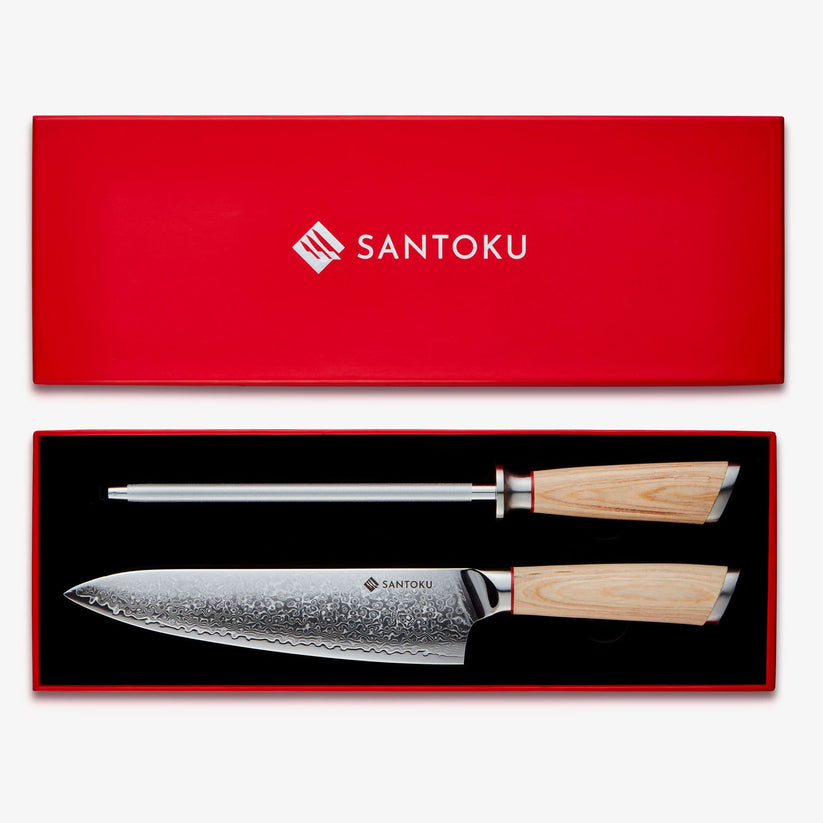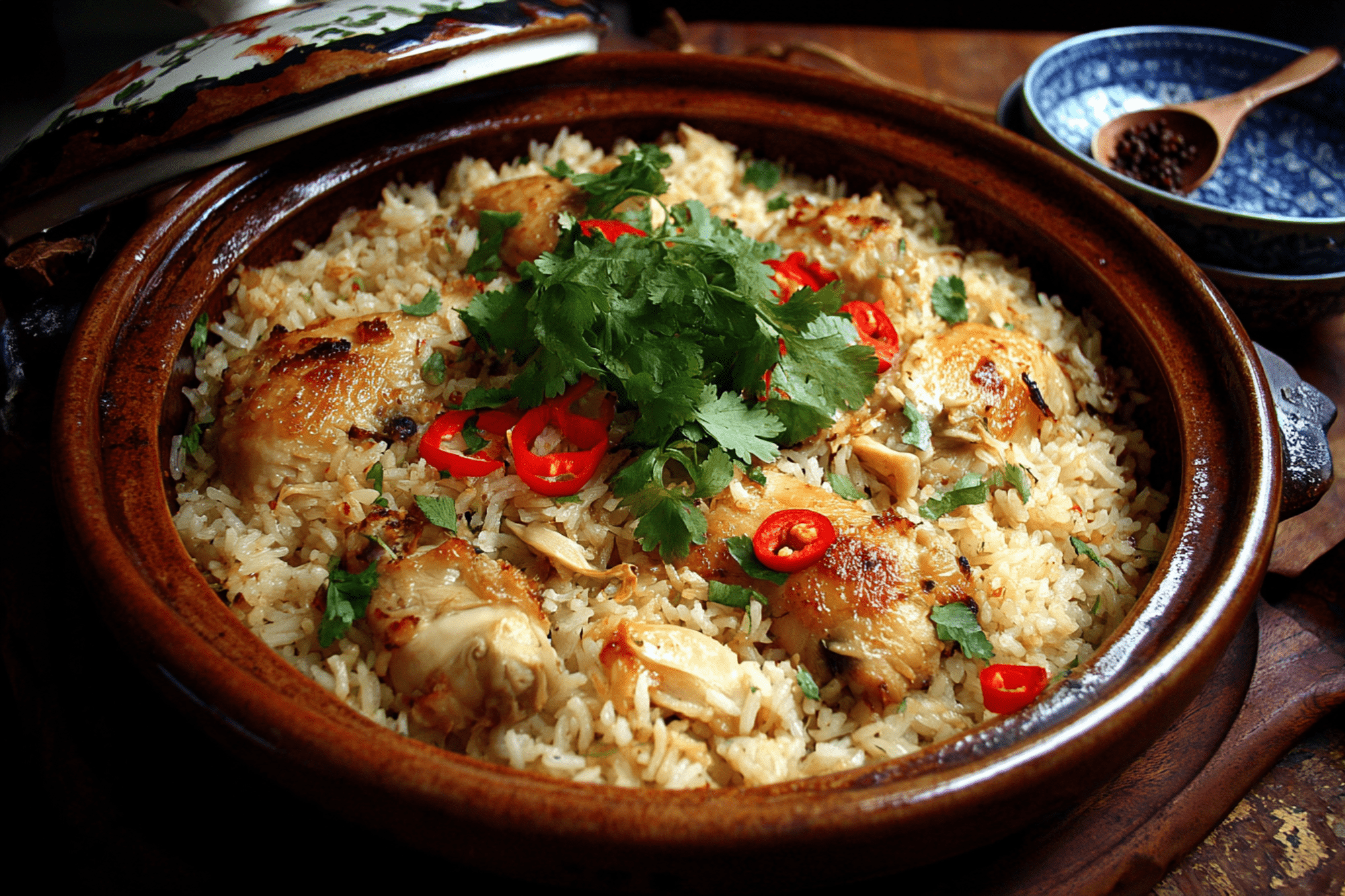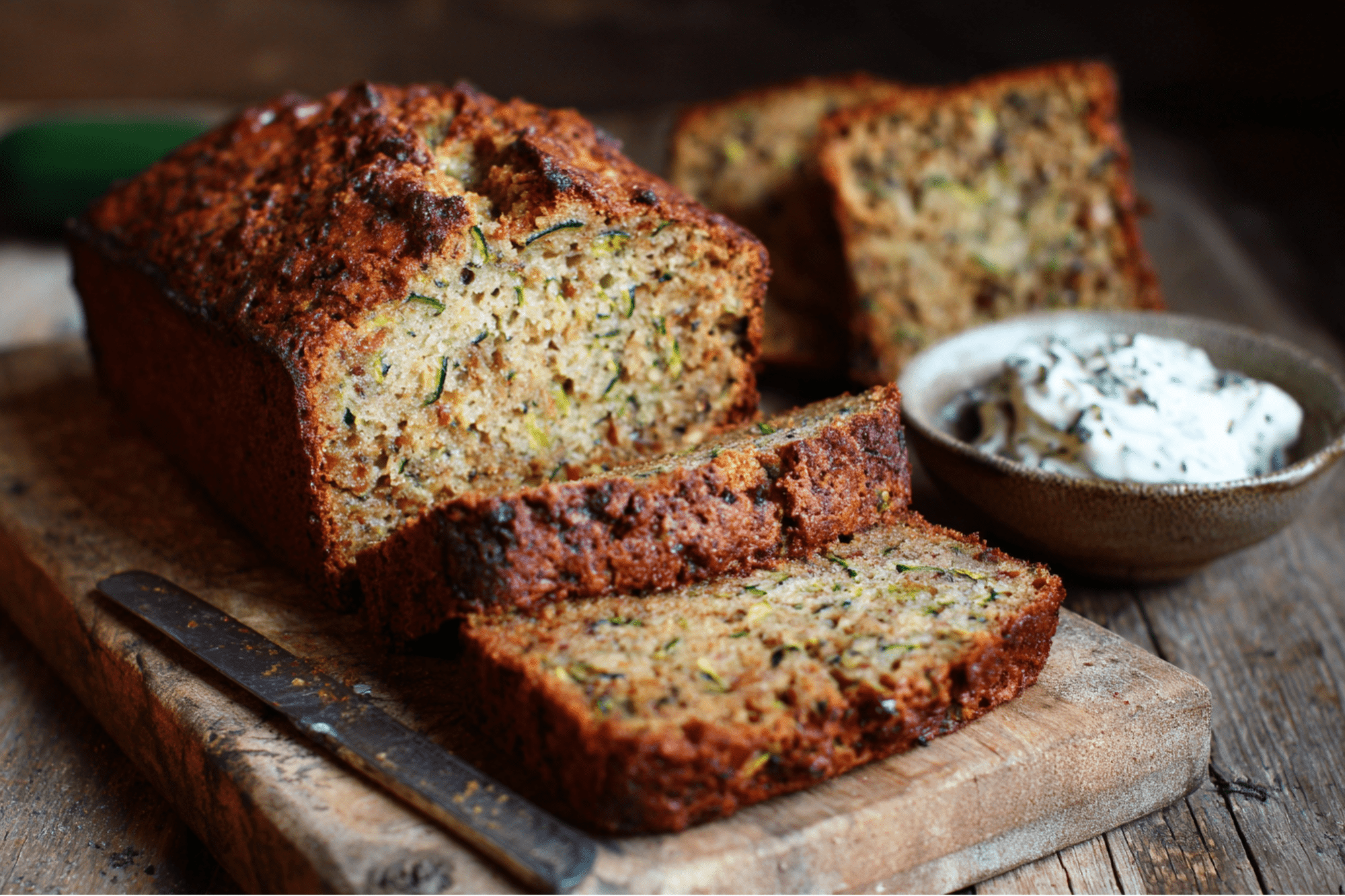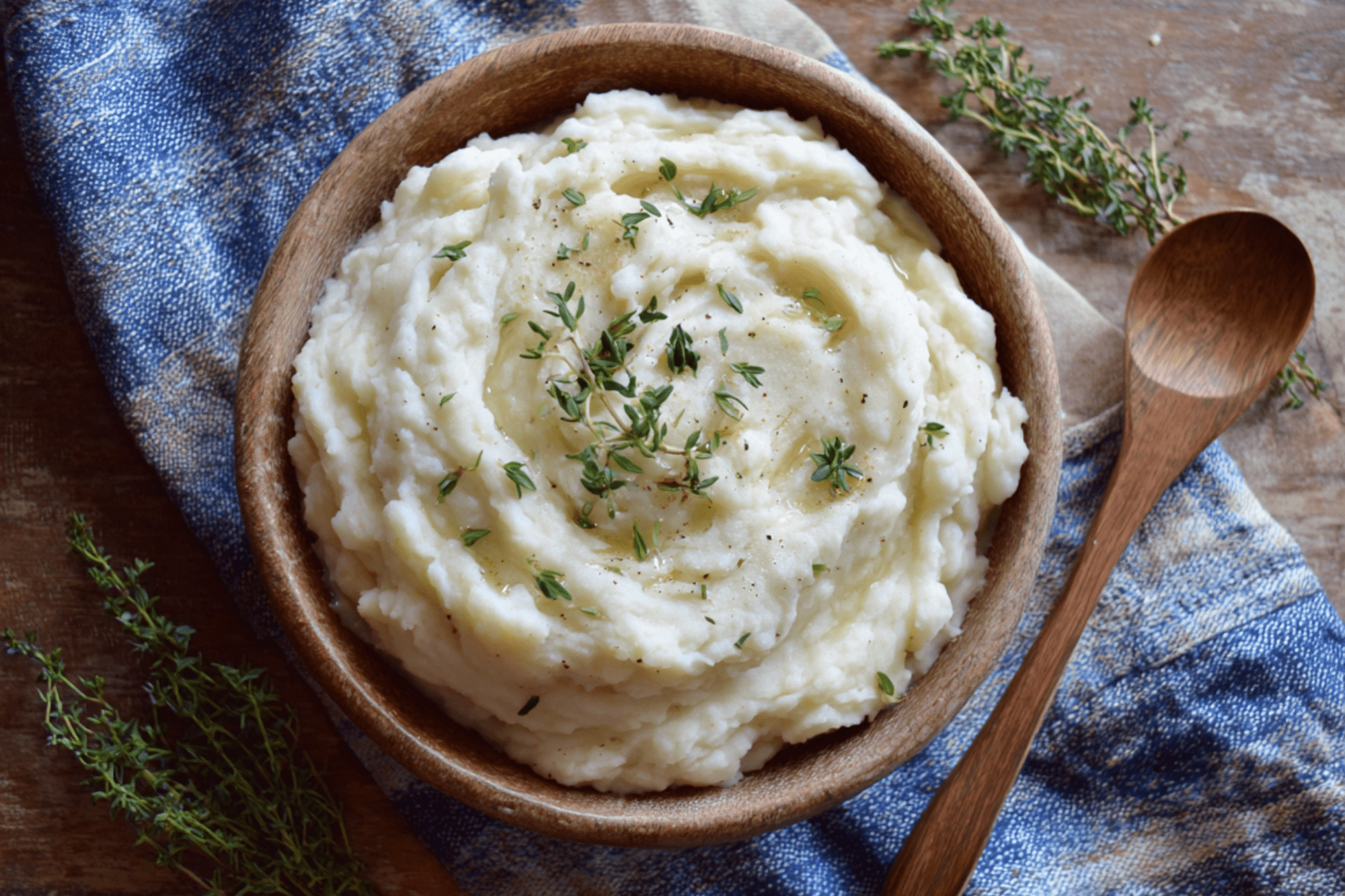
10 Tips when cooking Lebanese Rice Pilaf:
- Rinse the rice thoroughly to remove excess starch for fluffier grains.
- Toast the vermicelli noodles in butter until they turn a rich golden-brown.
- Use a heavy-bottomed saucepan to ensure even heat distribution.
- Measure the liquid accurately to achieve the perfect rice texture.
- Opt for chicken broth to add a robust flavor or water for a lighter taste.
- Maintain a gentle simmer to prevent burning and sticking.
- Let the rice rest after cooking to allow the flavors to meld.
- Stir gently when fluffing to avoid breaking the rice grains.
- Toast pine nuts separately to achieve an even, golden finish.
- Adjust salt and optional spices to suit your taste preference.
Serve it with suggestions:
- Serve Lebanese Rice Pilaf as a side dish to complement grilled meats, kebabs, or hearty stews.
- It also pairs beautifully with a fresh salad, hummus, or tabbouleh, making it a versatile addition to any Middle Eastern feast.
- For a complete meal, consider serving it alongside roasted vegetables or warm pita bread.
FAQ's
Q: Can I use water instead of chicken broth for Lebanese Rice Pilaf?
A: Yes, water can be used, though chicken broth will provide a richer, more robust flavor.
Q: Is Lebanese Rice Pilaf suitable for vegans?
A: Absolutely! Simply substitute butter with olive oil and use vegetable broth in place of chicken broth.
Q: How do I prevent the vermicelli from burning while toasting?
A: Stir continuously over medium heat and monitor closely until the noodles turn golden-brown.
Q: Can I add additional spices to Lebanese Rice Pilaf to enhance the flavor?
A: Yes, you can experiment with spices such as cumin or turmeric for a unique twist.
Q: What type of rice works best for Lebanese Rice Pilaf?
A: Long grain rice like basmati is ideal for achieving a light and fluffy texture.
Q: How long should I let the rice rest after cooking?
A: Allow it to rest, covered, for about 5 minutes before fluffing.
Q: Can I prepare Lebanese Rice Pilaf ahead of time?
A: Yes, you can make it in advance and reheat it gently on the stovetop.
Q: Is Lebanese Rice gluten-free?
A: Yes, as long as all the ingredients are gluten-free, this dish is naturally gluten-free.
Q: How do I properly toast pine nuts for garnishing?
A: Toast them in a dry pan over medium heat, stirring frequently until they are golden-brown.
Q: What dishes pair well with Lebanese Rice Pilaf?
A: It pairs wonderfully with grilled meats, kebabs, stews, and various Middle Eastern dishes.







